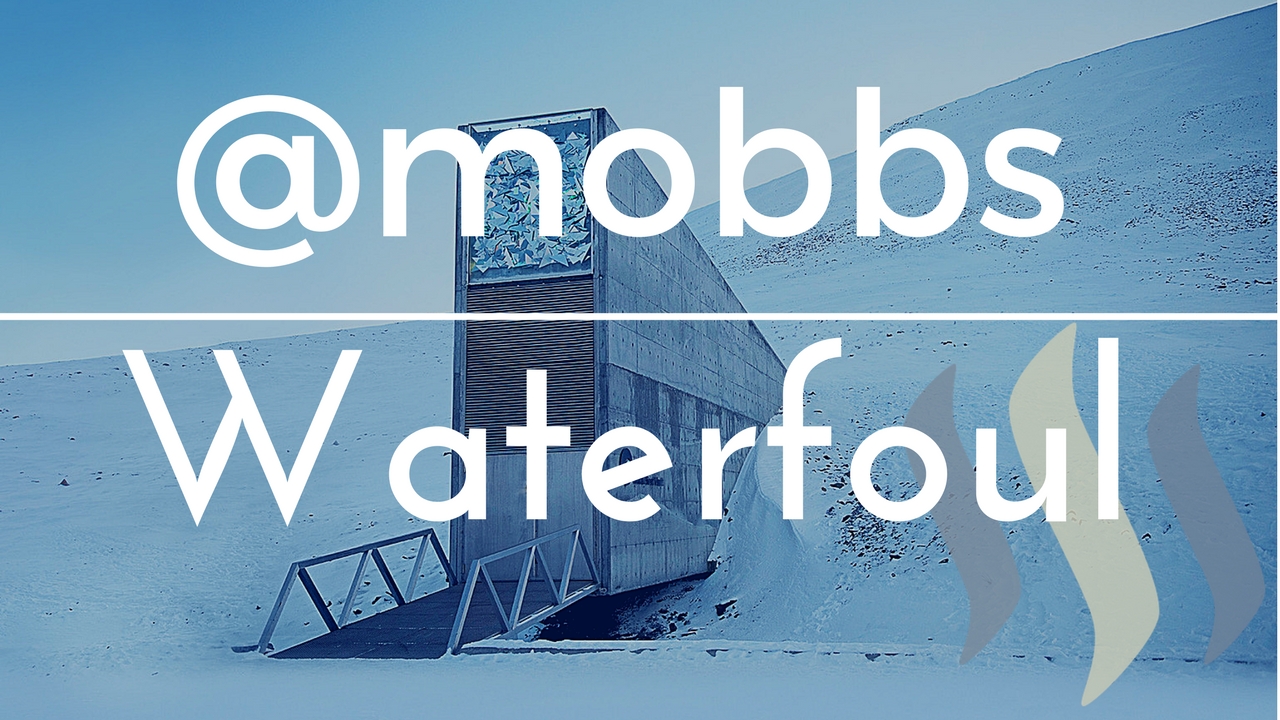Waterfoul - Part 3: Svalbard

An indeterminable time passed. The remaining humans hid in isolation in the only safe place known to them; the Vaults of Svalbard. The icy desert contained a vault with millions of seeds of all kinds, all species, collected over decades anticipating a critical event that would turn the earth into dystopia.
They had climate change in mind, mass extinction from human interference or nuclear deterring each other, perhaps. They did not anticipate a disease spreading at such an alarming rate among nature that humans were no longer needed to desolate the planet.
Animals became incredibly violent and often suicidal. Creatures that should have died from shock or blood loss would, at the very least, push themselves to the limit with their drive to kill – but not to eat.
No, all infected creatures seemingly had no appetite. Trees and plants stopped absorbing water. With no effort from humans in
China to create the largest reforestation effort in human history, billions of trees succumbed to the genetic mutation, and the deserts of China flourished. The Sahara enjoyed the same fate, transforming the entire African continent into a giant sandbox.
Surprisingly, slower, weaker animals fared better than those with energy and spirit. Almost all mammals perished, with the exception of humans, sloths and some other sedate creatures, since they had no physical ability to harm or be harmed by others of their kin. This gave a struggling mankind the chance to cure them – and there was a cure, created by now legendary Dr. Zhang. But with a disease so rapid and brutal indiscriminately targeting old-world genetic components, there was simply not enough manpower to deal with the vast majority of nature.
Archaea, Eukaryotes, Bacteria, Fungi, these remained unaffected. This is what helped Dr. Zhang zone in on the genome responsible for the behavioural changes. Somewhere between Bacteria and Homo Sapiens is not much to go on, but he did it.
Sea life fared well too; the disease had difficulty spreading through saline water. There are stories of some humans taking to a life at sea, fishing for their needs, desalinating the water, but these folk never came into contact with the Svalbard group. How could they?
As for the Ice folk, their rations were limited. Not everything could be regrown in the climate and space they had. They were certainly unaffected by the goings-ons in the outside world, but what use is that when they are eternally trapped in seed form.
Even if food was plentiful, the population in Svalbard was small, a few dozen to start off. This may have sounded good considering food supply, but deep down they knew genetic bottle-necking was only going to make things worse. With incest guaranteed, immune systems start failing. The small community was simply counting the days until a virus – any virus – came out of the woodwork and destroyed them all. As time passed, the community became touch starved, unable to share intimacy until those with authority demanded it vital to continue the human race.
They lacked any advanced technology short of lab farming and certain medicine production, but it didn’t matter. As depression prospered, many ended their own lives, further bottle-necking this now barely-extant species.
Others went into the outside world, confident that life had collapsed long ago enough that it was safe, and it was time to take to the sea and meet the other folks out there, often imagining a huge sprawling, floating city like that one movie, Water World.
Not much of an inspiration to go on, but it was an improvement, nonetheless.
As the people spread themselves increasingly thin, the inevitability became real. This would be the final generation of the human race.
Hope was a joke.

I hope you enjoyed this rather grim look at the future. The concluding part will come in the next few days. Keep an eye out for it. It involves parasites. Again.

Nice post..... gonna follow u for more.....
If u like then u can follow me at @honeychum
I was wondering how they would survive without trees producing oxygen. Then I googled and found out about Phytoplankton that create 75% of the Earth's oxygen.
Is this why you mentioned that the sea was unaffected in order for them to still have oxygen?
I wasn't sure if they were plants, animals or archaea or what, so... gotta keep somethin' alive!
Great post, upvoted rebloged